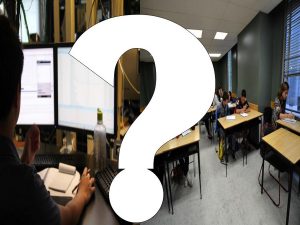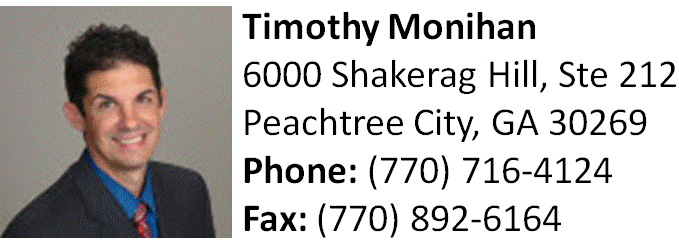Hybrid harms
September 16, 2020
It is a fact that COVID-19 has changed day-to-day life. The most dramatic change, however, is the basics of education. Fayette County is on a hybrid schedule, which is a system where kids attend school two days a week and participate in class from home three days a week. The application of hybrid learning has brought unneeded stress on students.
Many students, including myself, struggle to focus without the typical classroom setting. On top of that, the amount of screen usage causes problems for students, including massive headaches and eye strain. In the normal classroom, students are not forced to stare at a screen for hours on end.
To be frank, the workload has increased dramatically, and the platforms students use to complete their work have been known to crash frequently. However, glitches, crashes, and a massive increase in screen time are not the only problems with hybrid schooling.
The new hybrid model is not just a problem for students — teachers are struggling, too. They do not get to see their students in person, making it more challenging to properly teach them. Students who struggle in school are unable to get the help they need because there is limited time after face-to-face instruction.
Regarding potential benefits to student health and safety, students stay home three days a week and do assignments online. This method of limited contact is only effective if students are quarantining themselves on their off days, but in many cases, they are continuing to intermingle with other peers and adults.
In an article from wired.com, William Hanage, an epidemiologist at Harvard’s T.H. Chan School of Public Health, writes, “If you want to limit children and teachers’ exposure to infection, it’s better to have students spend their time within a consistent group of peers.”
This contradicts everything the school board has said about the “perfect” solution to the pandemic. The hybrid schedule is backwards and has created many challenges for instruction and allowing students to grow.





